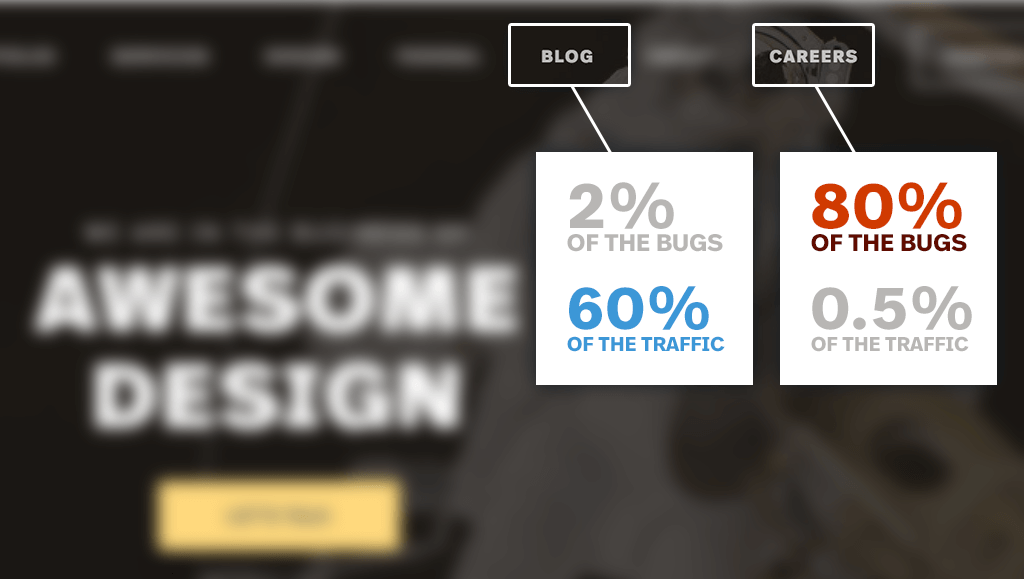
Website QA testing can be challenging. Let’s start off by answering what quality assurance (QA) testing is. When you develop a software product QA is a systematic process of checking to see whether a product or whatever you are trying to develop is meeting specified requirements. A vital part of any website project is the quality assurance stage. Prior to the launch, final QA testing ensures that your site is working according to your expectations and that your site users won’t be frustrated with any non-functioning pages. In fact many website and mobile application or software development companies have a team specifically devoted to QA.
Here are some tips that can help you make sure your site is ready to launch.
Know the Project:
Before you can represent the end-user and begin testing a website, you must know the project’s background information. Find out who the target audience is and what primary goals they want to achieve from the website, if you don’t have this information it’s difficult to know how the user should expect to experience your site. It’s also important to familiarize yourself with the project’s scope requirements so you can ensure that everything has been delivered on-time and within the expectations of the client.
Stay Consistent:
Always make sure that everything is consistent within a site. Consistency is very important in graphic design and if you are not demonstrating consistency the website design could lose its meaning altogether. So unless a change is necessary it’s always best to try to convey information (e.g. highlighting a particular element or function) as planned by the design and development team. Some areas where consistency can sometimes be lost are in bullet points, images, shadows, borders, language, punctuation, and anything that is being used as pattern or functionality to provide positive user experience.
Take Your Time:
It’s important to make sure that you have patience and go through every last detail. If one person is performing QA on the site it’s key to make sure you are being thorough and considering that you are one person looking at the product versus the millions of users that will look at it once you approve it to launch. Always think the biggest mistakes are those that are looked over by focusing on the small mistakes, ones that may not make an impact on user experience.
Consider International Users:
Everything is global, especially with all of the advancements in technology meaning, you should consider making your website to be able to use internationally. Two big considerations that you should consider are:
- What if their phone number is longer than 10 digits
- What if they are in a different time zone?
You always want your users to visit your website and have the best user experience possible, so be mindful to consider those who may not be in your timezone and make sure that everything can be easily accessible even if they are not in your time zone so that you have happy users.
When in doubt, CLICK!
Users will click on anything and everything on a site, it is important that while testing you make sure that everything that is supposed to be clickable is clickable and things that aren’t supposed to be clickable aren’t clickable.
Be Responsive:
Users will experience the site on every size, so that means while you QA you should test it on mobile, desktop and tablet. Images or text that fit in one screen may not look good on another screen size. Text can be orphaned, images cropped or reshaped in awkward ways, buttons or links may disappear altogether. Aside from images and text showing up differently- Unexpected things can happen with functionality. Functionality may not be able to hover over to access to info or places. You can always use Google Analytics to decipher what your target audience uses most whether that be desktop, tablet or mobile device but moral of the story, the issues can be endless when making sure your website is responsive on each device so it’s always best to be thorough and test each device.
We would love to hear about other tips that you may use during your QA process!

